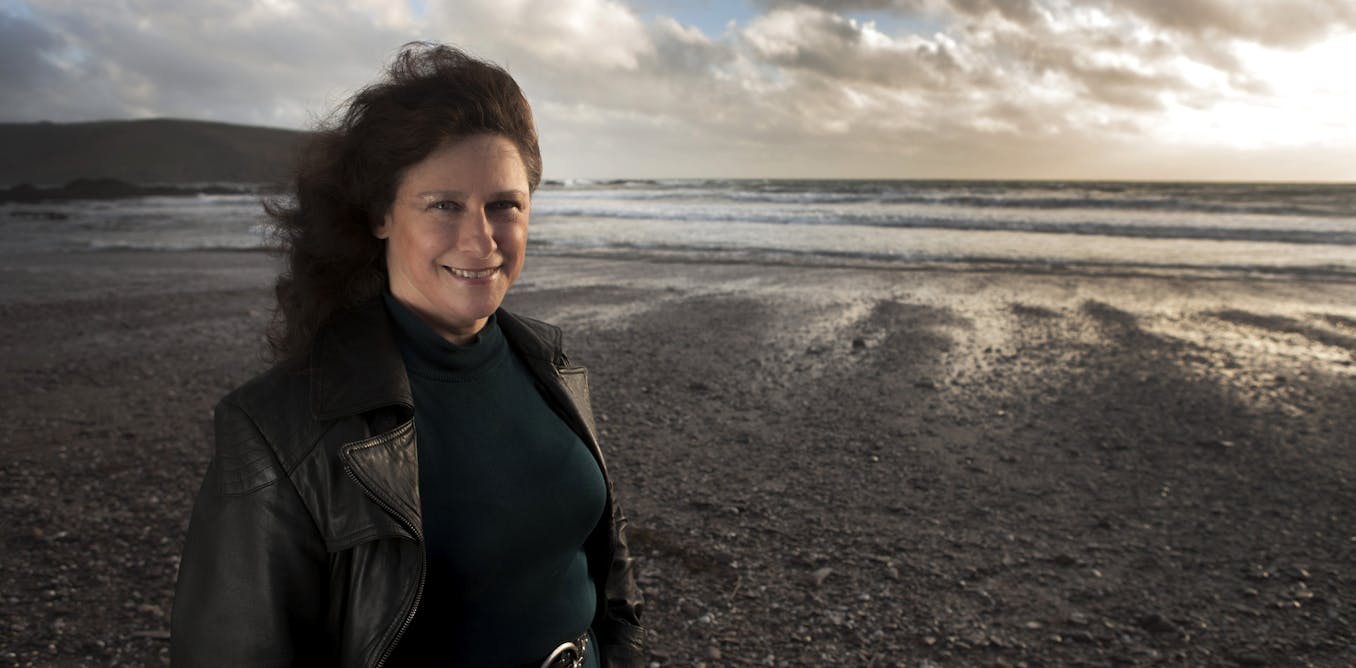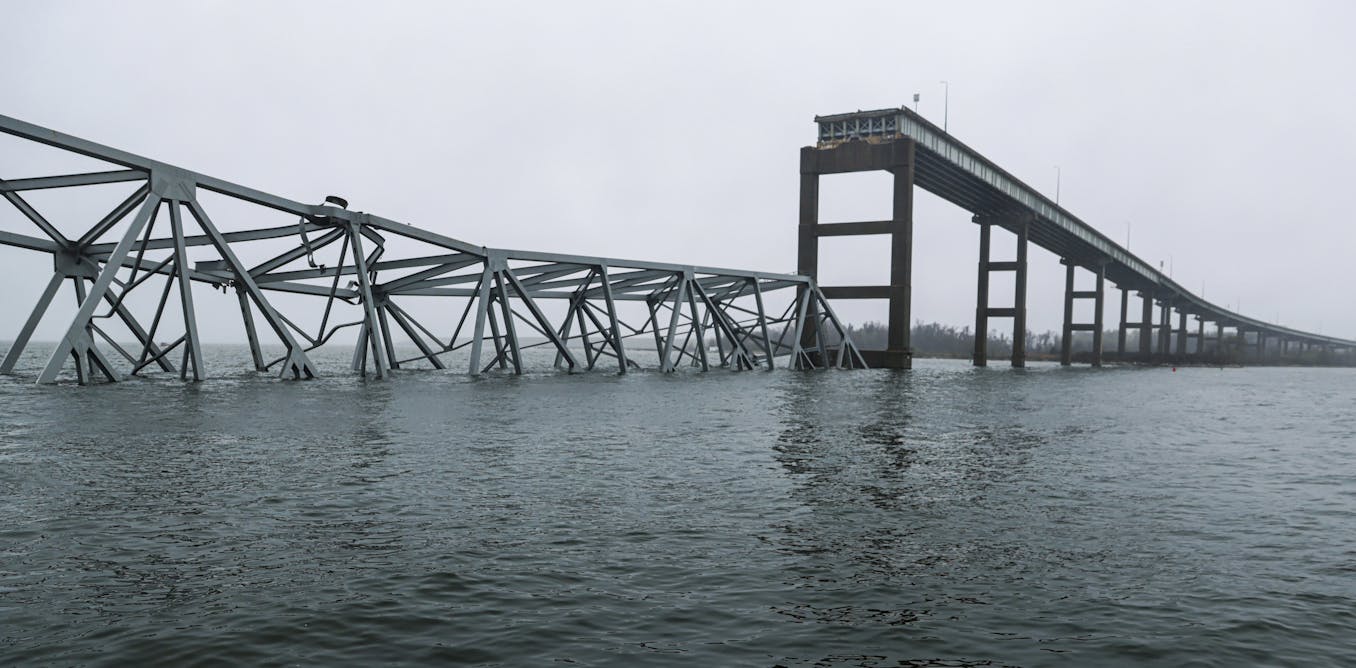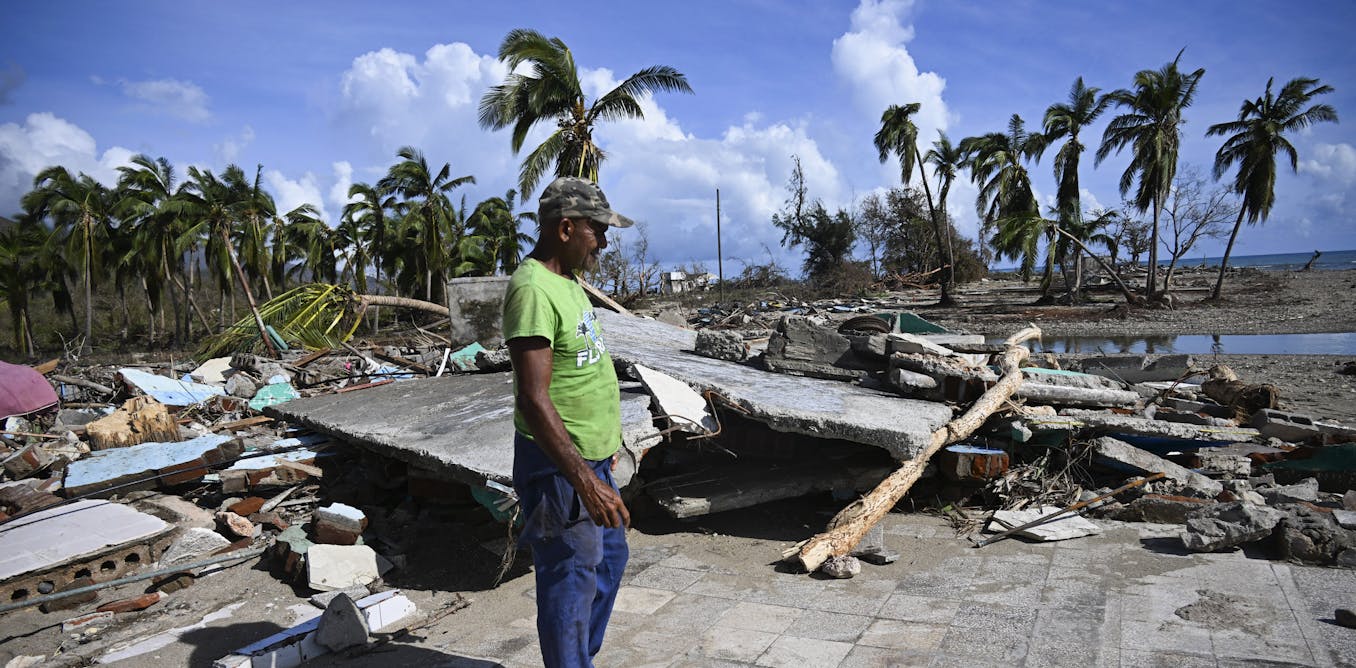What $50 Billion Of US Science Really Looks Like
In a world dominated by technological advancements and the commercialization of data, the profound contributions made by museums and research laboratories often remain underappreciated. Yet, these institutions quietly inject a staggering $50 billion into the American economy, significantly impacting scientific understanding and education. The video, “What $50 Billion Of US Science Really Looks Like,” delves into the hidden treasures of science in the United States, showcasing how entities like the Field Museum, La Brea Tar Pits, and the Smithsonian not only preserve but also unlock the earth’s greatest mysteries.
At the heart of this exploration is the Field Museum in Chicago, home to an astonishing collection of 11 million embalmed specimens. These specimens represent an invaluable resource for researchers and educators, facilitating groundbreaking studies in biodiversity and conservation. As the video takes viewers behind the scenes, it invites us to ponder the future of such collections, especially in times when government funding becomes precarious.
Traveling to Los Angeles, the video highlights the La Brea Tar Pits, which serves as a living laboratory for paleontologists. Here, four million fossils extracted from the tar reveal the captivating story of life on Earth, offering insights into prehistoric ecosystems and the ancient animals that roamed them. The meticulous excavation and preservation of these fossils underscore the immense effort that goes into understanding our planet’s history.
Not to be overlooked is the Smithsonian Institution, which houses a staggering 148 million specimens. The sheer scale of this collection speaks to the institution’s commitment to scientific research, education, and public outreach. The video illustrates not only the breadth of the Smithsonian’s holdings but also the various ways in which these specimens contribute to ongoing scientific discoveries, from climate change research to genetic studies.
The journey continues with a fascinating look at how an 8,000-pound crystal made its way from a mine to the Smithsonian’s grand halls. This segment serves as a reminder of the intersection between natural beauty and scientific inquiry, revealing the stories behind remarkable artifacts and the scientists dedicated to preserving them.
Moreover, the video touches upon groundbreaking research that challenges long-standing beliefs, such as the innovative study dissolve fossils to determine if dinosaurs were warm-blooded. This exploration of paleontology exemplifies the cutting-edge techniques employed by scientists, showcasing the depth of research that these institutions support.
In upstate New York, volcanologists push the boundaries of scientific inquiry as they test lava and study its properties to better understand volcanic activity. This segment emphasizes the adventurous spirit of science and the lengths to which researchers go to uncover truths that could have implications for communities worldwide.
Finally, the video concludes with an intriguing look into DNA research, highlighting how scientists are mapping individuals’ faces from genetic information. This innovative approach not only broadens the horizon for forensic science but also delves into the ethical implications of genetic research.
In summary, “What $50 Billion Of US Science Really Looks Like” is not just a celebration of the vast contributions of American museums and research labs but also a poignant reminder of their vulnerability in times of government shutdowns. As these institutions continue to unravel the mysteries of our planet and its history, the need for sustained investment in science and research becomes ever more critical. This video serves as both an insightful overview of the science underpinning our understanding of the world and a call to action to support the vital work being done behind the scenes.
Watch the video by Business Insider
Video “What $50 Billion Of US Science Really Looks Like” was uploaded on 10/20/2025 to Youtube Channel Business Insider








































Every cycle has a few surprise 100x tokens. Belvarium looks like one of them.
Wow, so much formulan. Are they not worried about formulan poisoning?
This was some oddly weird but awesome shit the fact it all exist is 🌰
Cutting that snake up on a McDonald's tray 😂😂
By pump you meant sucking out tax money via government research grants?
19:30 please please pay attention this is not a joke. The Smithsonian will kill you. This is a story and statement In plan sight. THE TRUTH WILL NOT BE TOLD HERE.
1:13 is Crazy Work! McDonald’s will be calling soon 😂
A bunch of nerds
1:12 I love the she’s using a McDonalds tray. Love’s it so much!
the thumbnail is pure nightmare fuel
Funny how all of them play with that formaline like it's not related to causing cancer. It's considered a carcinogen btw.😂
인간들이 완전 악마짓을 다하고 있다.프리메이슨들이 한짓과 박물관에서 하는짓 이 다를게 뮈가 있나.전세계 모든 박물관은 폭파한다.살아있은 식물 동물들을 유리광에 전시하고 딥스들이 살아있는 태아를 유리병에 넣어 전시하고 처먹는게 다를게 일도없다.그리고 연구는 핑게일뿐이고 필요악이다 절대 용서 하지 않는다.👹👹👹👹👹👹👹👹👹👹👹👹👹👹👹👹👹
That doesn't look like a very happy meal…
Going into the wild to strategically euthanize animals sounds like murder
My god, just talk about the museums. I don't need an op-ed every time. If you're actually making that much money, you should have contingencies in place that voids any shut down. If you're not "allowed" to be open, then there are a myriad of other problems that need to be ironed out.
Why handling the specimens with bare hands and no gloves?
Do you just want to show off your pink nail polish??
I think they should do this to humans too
The very first episode nearly killed me!
No masks, no gloves, how it's even legal in USA?!
You can tell some Lez Democrat produced this
Sara Ruane is one hot af human specimen!
Piece of wood = plant fossils 😅